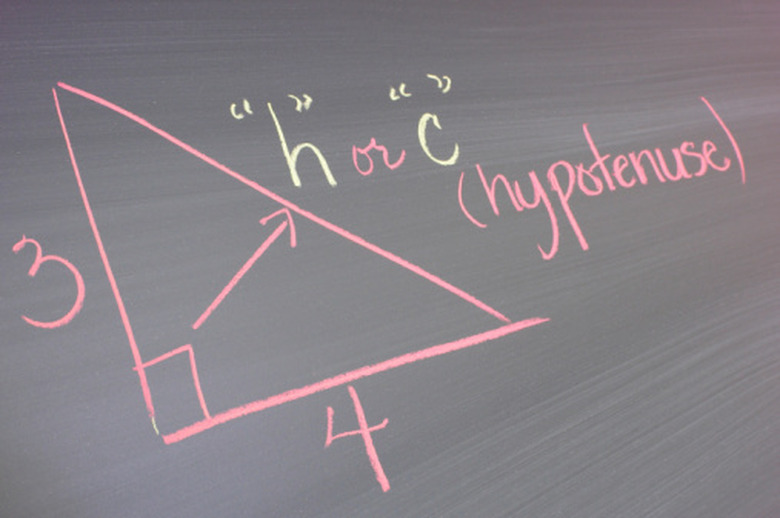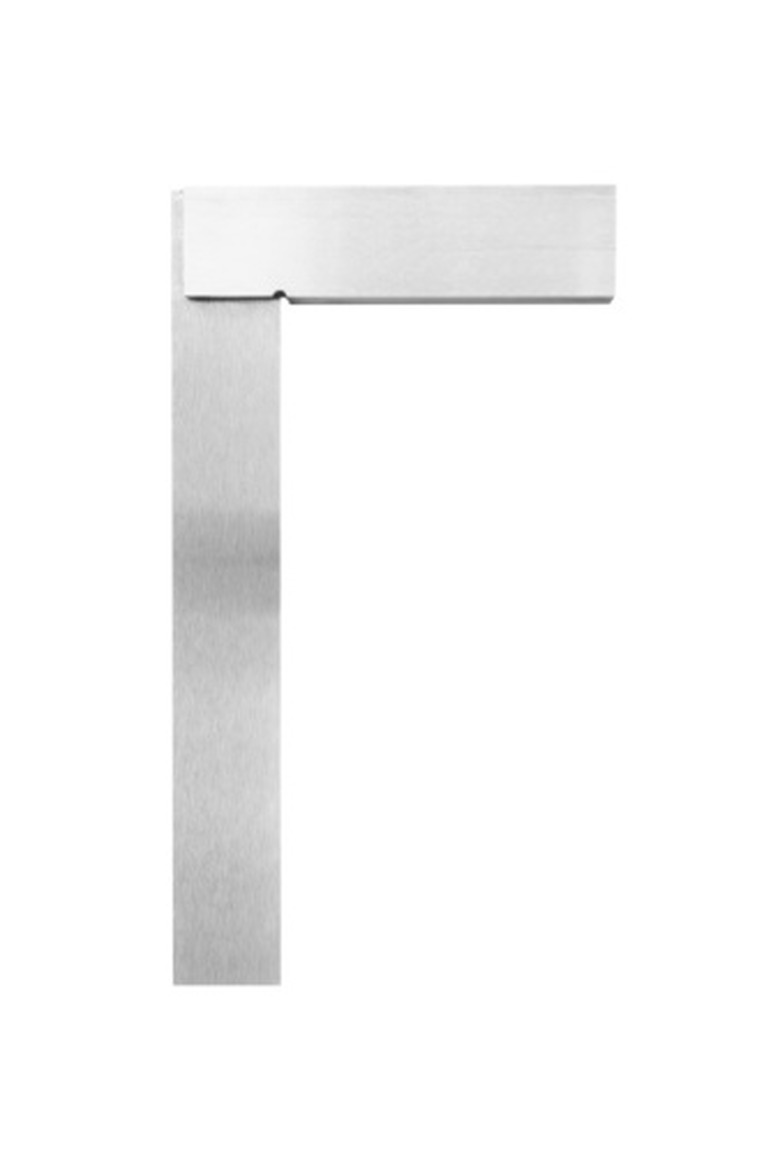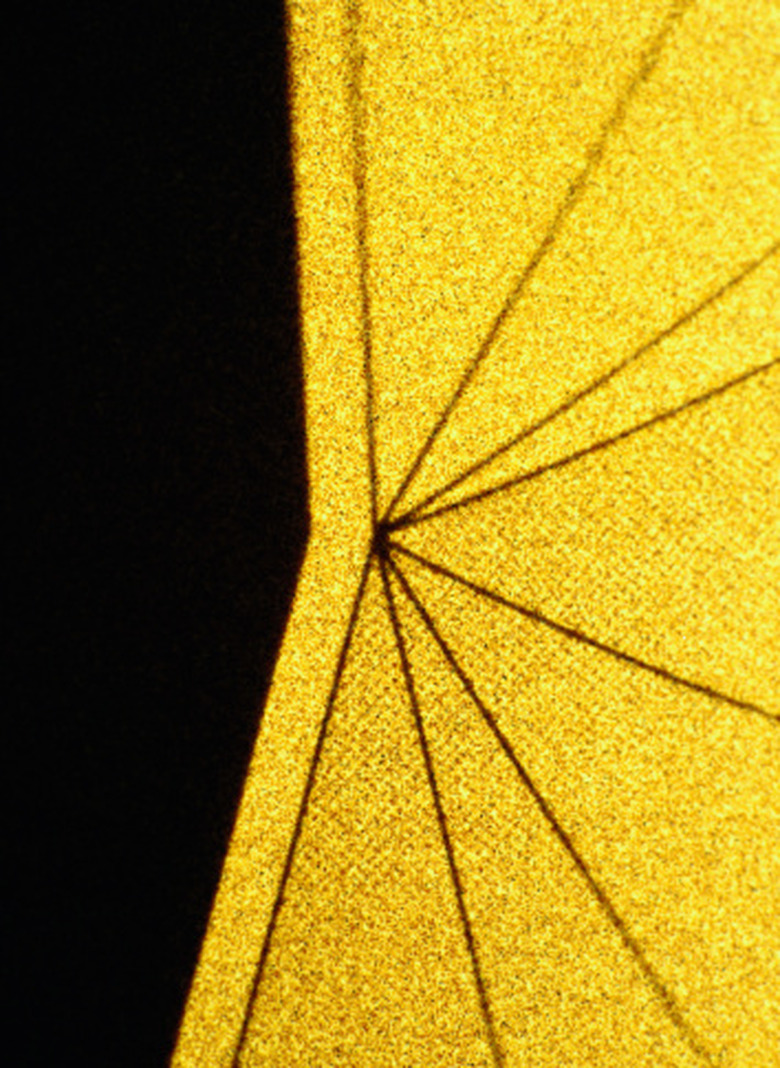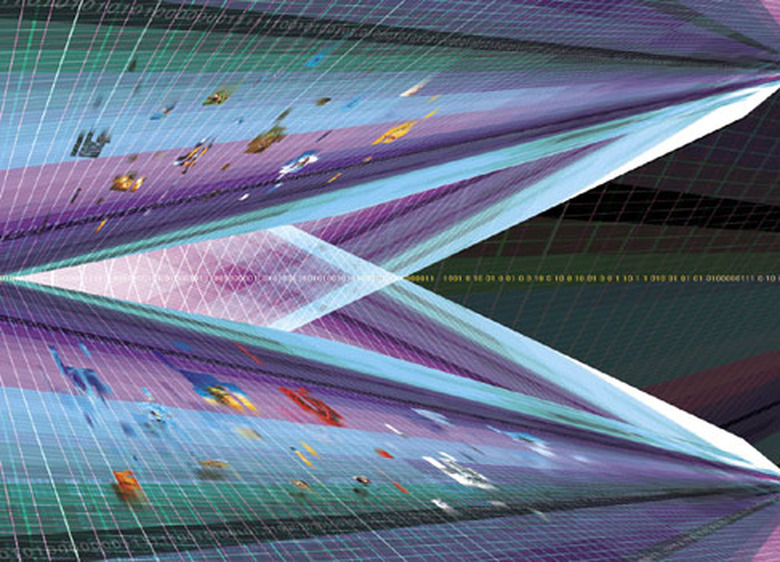What Are The Definitions Of A Right, Obtuse, Or Acute Angle?
An angle is the distance, measured in degrees, between two lines that share one endpoint. The exact degree of the angle is measured by a protractor or calculated based on other angles, if using a triangle, which as three sides and three angles total. As an angle increases, the name of the angle changes.
Right Angle
Right Angle
A right angle is exactly 90 degrees. The two lines are perfectly perpendicular to each other. If one line is horizontal, the right angle is created by drawing a second line 90 degrees away from it. This second line is not closer to the first line on either side. A right angle is indicated by drawing a small square in the angle, as shown in the first picture. Imagine a right angle as 1/4 turn of a circle.
Obtuse Angle
Obtuse Angle
Obtuse angles are larger than 90 degrees, but smaller than 180 degrees. Make an obtuse angle by drawing a right angle and then adding more degrees to the second line. Obtuse is defined as blunt, referring to the less pointy characteristic of an obtuse angle. An obtuse angle looks like you are opening a book, before the front cover hits the table, but after the point where it would close if you let the cover go.
Acute Angle
Acute Angle
Acute angles are less than 90 degrees, but larger than zero degrees. Subtract degrees from a right, 90 degrees, angle to get an acute angle. Acute is defined as sharp, referring to the angle being more drastic than a right or obtuse angle. You can add together two or more acute angles to equal a right angle.
Other Angles
Other Angles
A straight angle is exactly 180 degrees. This is half a circle — a full circle is 360 degrees total. A straight angle can also be called a straight line. A reflex angle is larger than 180 degrees, but less than one turn, or an entire circle. It will look like a piece taken out of a pie, where the remaining pie is the reflexive angle.
References
Cite This Article
MLA
Horky, Allison. "What Are The Definitions Of A Right, Obtuse, Or Acute Angle?" sciencing.com, https://www.sciencing.com/definitions-right-obtuse-acute-angle-8381839/. 24 April 2017.
APA
Horky, Allison. (2017, April 24). What Are The Definitions Of A Right, Obtuse, Or Acute Angle?. sciencing.com. Retrieved from https://www.sciencing.com/definitions-right-obtuse-acute-angle-8381839/
Chicago
Horky, Allison. What Are The Definitions Of A Right, Obtuse, Or Acute Angle? last modified March 24, 2022. https://www.sciencing.com/definitions-right-obtuse-acute-angle-8381839/



